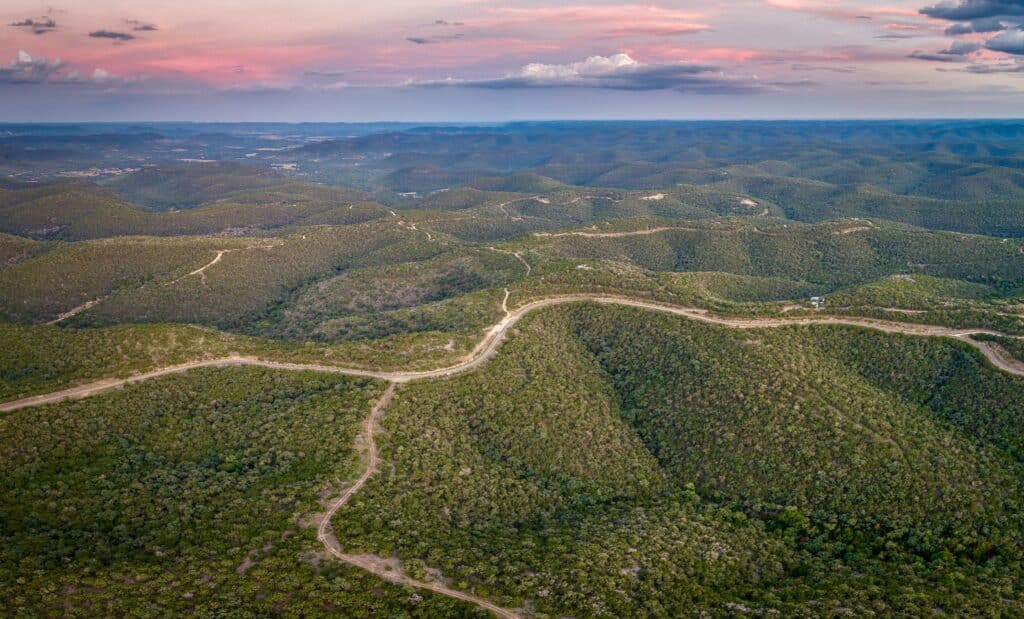Small and medium-sized oil & gas operators face different challenges than the majors, including tighter profit margins. Smaller operators must carefully consider and analyze actions that incur additional expenses to determine whether these extra costs can be recouped via gas price premiums. But one thing that can help improve the bottom line, even for the smallest of operators, is monitoring methane leaks.
Short-term benefits
Significant advancements in technology for leak detection and repair (LDAR) systems mean that today operational excellence and environmental stewardship can go hand in hand with an improved bottom line due to higher revenue capture from less lost gas. Currently, 2-3% of natural gas produced by the US oil & gas industry is lost yearly due to leaks. Capturing this currently wasted methane for sale, an additional $2 billion would be generated annually.
Even better news for small operators is that the cost of certifying natural gas can be cut through grants offered for methane monitoring technology as part of the US Inflation Reduction Act (IRA) and the Alberta Methane Emissions Program in Canada. The IRA provides $1.5 billion to help companies implement methane mitigation, but perhaps most noteworthy is that this includes $700 million reserved for marginal conventional wells, making methane monitoring worthwhile even for the smallest and oldest wells.
Ultimately, from a strictly short-sighted profit outlook, it comes down to whether operators can recover this small cost on the buy side. A recent Nielsen report found that two-thirds of general consumers and nearly three-quarters of Millennials are willing to pay more for sustainably produced products. Pressure is mounting on utilities to prove they have sourced their gas sustainably—finding customers willing to pay a small premium for sustainability assurances is becoming easier by the day.
Long-term benefits
The oil & gas sector faces enormous disruption as the push to meet climate targets by fast-approaching deadlines intensifies. With this backdrop, many industry experts have already expressed their belief that the current voluntary market for responsibly sourced gas (RSG) will likely become a compliance market soon. Now is the time to get structures in place to ensure minimal disruption in the future. Without certification, it looks increasingly likely that the gas will trade at a discount.
As we talk to more and more producers, we continue to hear about the strong social forces affecting access to capital. Increasingly, private equity lenders want to see strong ESG performance before committing capital. Firms are also harnessing climate data to accelerate M&A transactions and broaden capital market activities, including sustainability-linked financing, equity research positioning, and annual sustainability reporting. Operators that overlook ESG or Sustainability markers will begin to find it more challenging to raise capital than competitors that have integrated ESG into their operations. The low-carbon push is not a fad, and as deadlines for climate targets get closer, pressure is increasing on the oil & gas sector to embrace best practices in sustainability.
In 2024 under the Methane Emissions Reduction Program, oil & gas facilities that emit over 25,000 metric tons of CO2 per year will need to pay a methane fee of $900 per metric ton of methane reported. By getting the infrastructure in place to measure and reduce methane emissions, small and medium operators can leave the door open for expanding their facilities.
Indeed, expanding facilities may be an excellent business move for medium and small operators, given the rosy outlook for US LNG exports in the years ahead. Amid strong LNG demand from Europe and Asia, US LNG capacity is forecast to reach 17.3 bcf/d by mid-decade. And if Gazprom’s pipeline exports are completely zeroed out due to Russia’s invasion of Ukraine, US LNG exports could double from their current levels by 2030. Permitting reforms, which continue to gain momentum, would further boost US LNG export prospects if approved.
US LNG exports to Europe will hinge on producers’ ability to limit emissions throughout the value chain. This was made abundantly clear when ENGIE annulled a $7 billion contract with NextDecade due to environmental concerns, only to reconnect two years later following guarantees on the ‘green’ credentials of the gas, specifying the requirement for RSG certification from Project Canary due to our reputation for maintaining the highest certification standards.
With $369 billion available in climate provisions in the IRA, US oil and gas could emerge as the cleanest in the world. As the size of the pie continues to grow, many medium and small operators may seek to expand their operations, particularly given the record free cash flows the industry has seen in the past year. Given the recent success shared by the industry, now is the perfect time to reinvest profits and future-proof your business to protect its long-term viability, particularly as the years ahead could be the best yet.
How Project Canary can help
At Project Canary, we understand it is hard for small and medium operators to start methane monitoring while regulation continues to evolve. But we have a successful track record of helping both big and small operators navigate through emerging legislation, having helped firms with Regulation 7 in Colorado and Regulation 25 in Pennsylvania.
Our favorite quote is from Brené Brown: “You can choose courage, or you can choose comfort, but you cannot choose both.” The oil and gas industry finds itself in a time of unprecedented change. In these unchartered times, sometimes you just need to ask for help. We are here to serve as a trusted bridge through turbulent times and to bring our experience to help each customer with an individually tailored approach.


